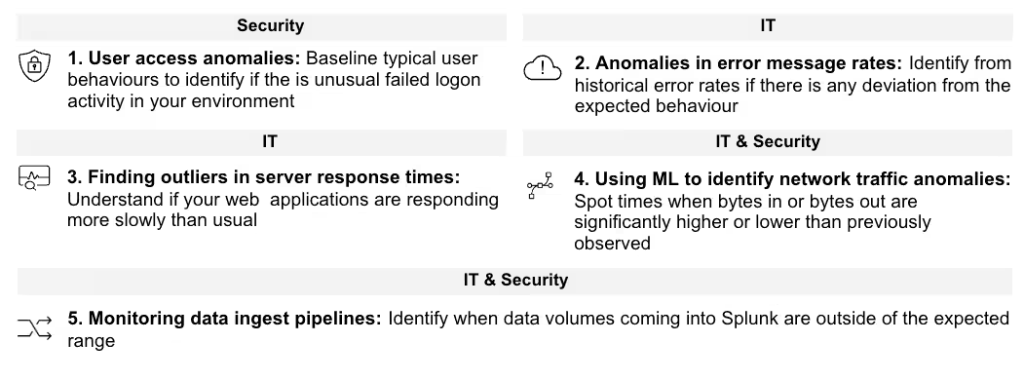
Are you tired of manually sifting through your data to find insights? Do you want to streamline your machine learning operations? Look no further than the MLOps feature for Splunk!
What is MLOps?
MLOps, or machine learning operations, is the process of managing the lifecycle of machine learning models. This includes everything from data preparation and feature engineering to model training and deployment. MLOps aims to improve the efficiency, reliability, and scalability of machine learning workflows.
Why use MLOps in Splunk?
Splunk is a powerful data platform that collects, indexes, and analyzes machine-generated data in real-time. By integrating MLOps into Splunk, users can automate the entire machine learning workflow and easily deploy models into production.
How does MLOps work in Splunk?
Splunk’s MLOps feature is built on top of the popular open-source machine learning platform, Kubeflow. Kubeflow provides a framework for deploying, scaling, and managing machine learning workflows on Kubernetes.
With MLOps in Splunk, users can:
- Create and manage machine learning pipelines using the Kubeflow Pipelines UI
- Train models using popular machine learning libraries such as TensorFlow and PyTorch
- Deploy models as Splunk Machine Learning Toolkit apps
- Monitor model performance using Splunk’s monitoring and alerting capabilities
- Continuously improve models using feedback loops and automated retraining
Benefits of MLOps in Splunk

By using MLOps in Splunk, organizations can:
- Automate the entire machine learning workflow, saving time and resources
- Improve the accuracy and reliability of machine learning models
- Scale machine learning operations to meet business demands
- Easily deploy models into production using Splunk’s Machine Learning Toolkit
- Monitor and optimize model performance in real-time
Conclusion
The MLOps feature for Splunk is a game-changer for organizations looking to streamline their machine learning operations. By integrating MLOps into Splunk, users can automate the entire machine learning workflow, improve model accuracy and reliability, and easily deploy models into production. So why wait? Try out the MLOps feature in Splunk today!